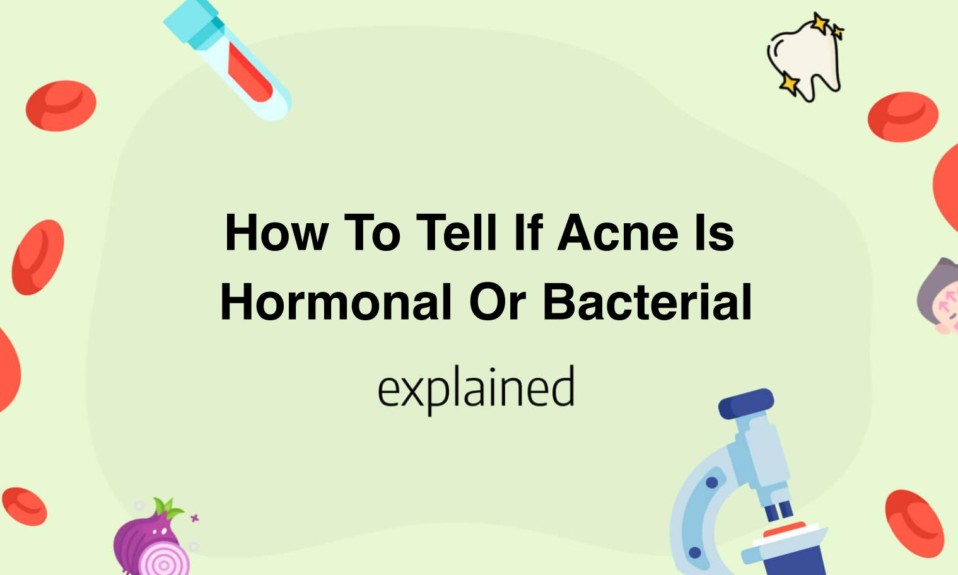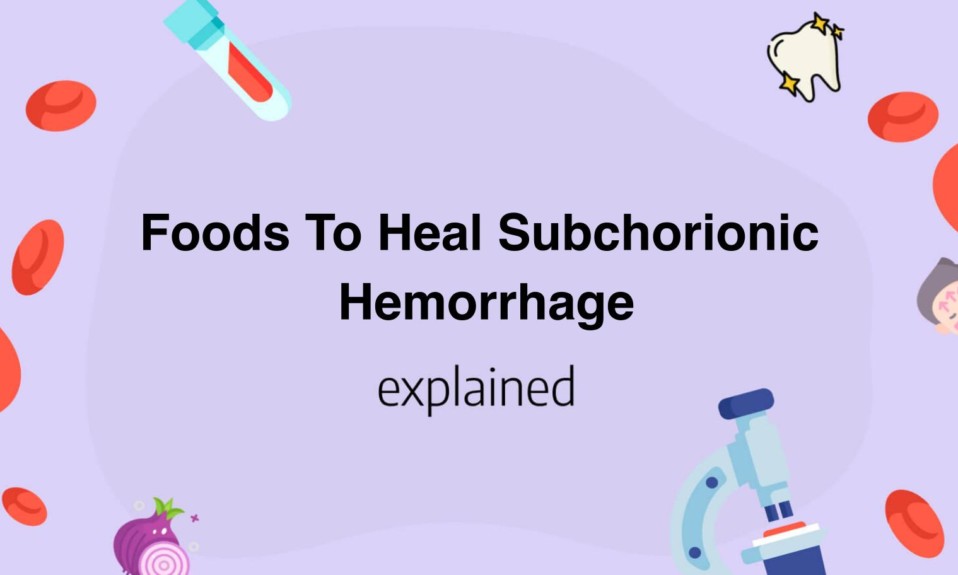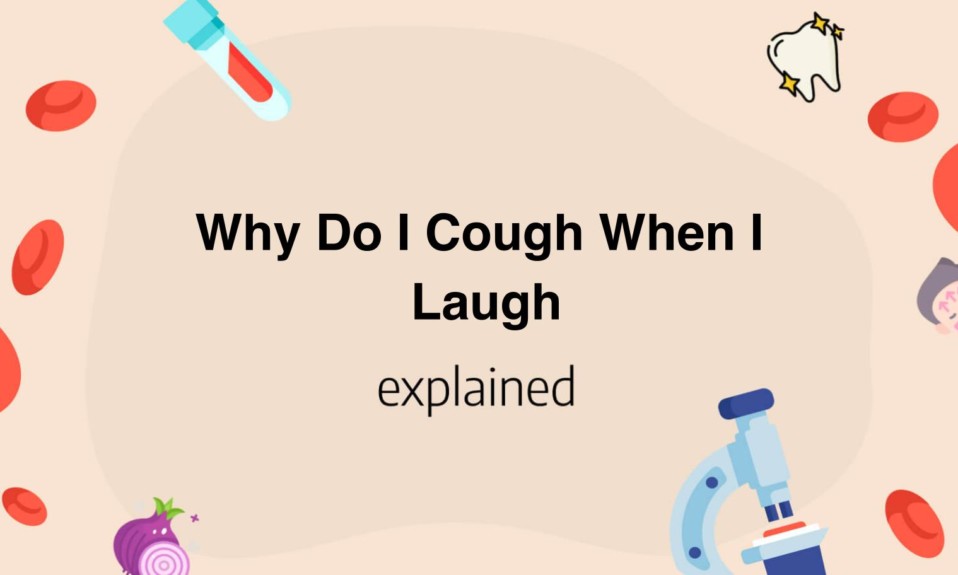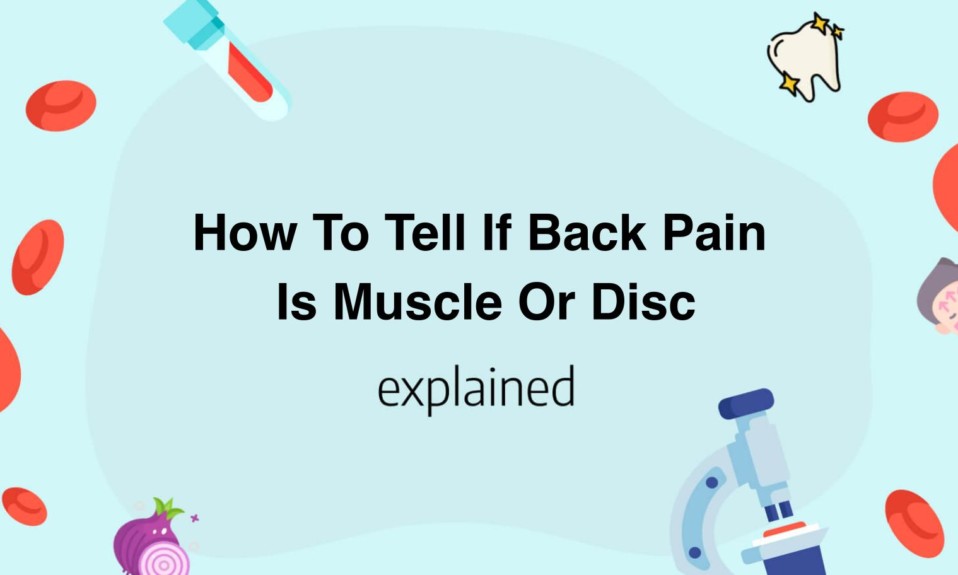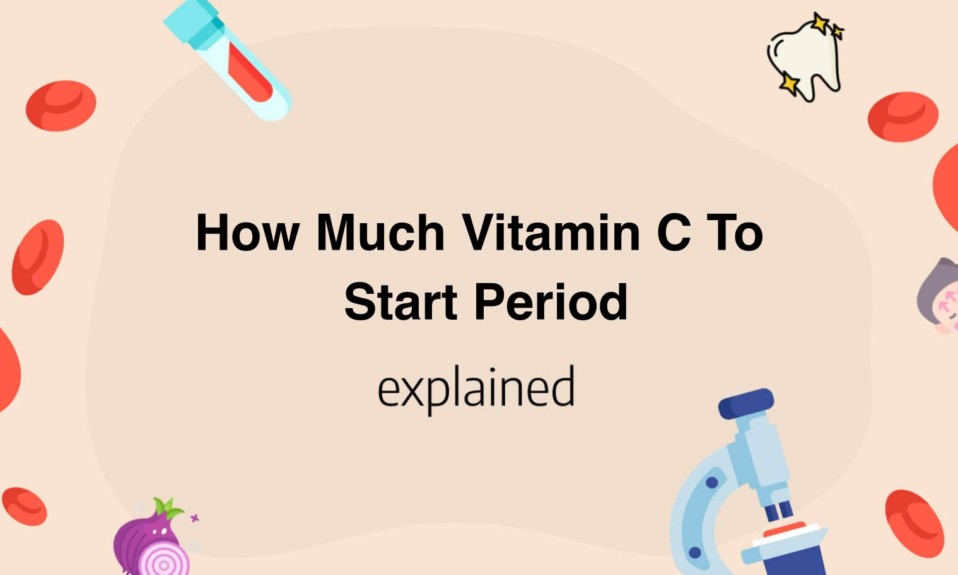Acne is a common problem that affects millions of people worldwide, with several factors responsible for its occurrence.
While most people attribute acne to bacterial infections, hormonal changes can also cause acne breakouts.
In this article, we will explore the differences between hormonal and bacterial acne, including their causes, symptoms, and treatment options.
Whether you suffer from hormonal or bacterial acne, this guide will help you better understand your condition and find the best solutions for healthy, clear skin.
- Hormonal acne can occur on the chin, jawline, or along the cheeks and typically appears cyclically, such as before or during menstruation.
- Bacterial acne often appears as isolated red or white bumps and can occur anywhere on the face or body.
- Hormonal acne is often accompanied by other hormonal symptoms, such as mood changes, irregular periods, or excessive hair growth.
- Bacterial acne is commonly caused by Propionibacterium acnes bacteria and can be exacerbated by factors such as poor hygiene or overuse of skincare products.
- A dermatologist can accurately diagnose and treat both types of acne.
Understanding the Causes of Acne: Hormonal Imbalance and Bacteria
Hormonal imbalance and bacteria are the two main causes of acne.
Androgen, a hormone that increases in both males and females during puberty, is responsible for stimulating the sebaceous glands in the skin, causing an increase in sebum production.
This excess sebum can clog pores and create an environment for bacterial growth.
Stress is also a factor in hormonal imbalance, as it can lead to an increase in cortisol, which in turn can stimulate the sebaceous glands.
Another main cause of acne is bacterial growth in the skin.
The most common bacterial culprit is Propionibacterium acnes, which feeds on the excess sebum produced by the glands and creates inflammation in the skin.
This can lead to the appearance of whiteheads, blackheads, and pimples.
It is important to note that while these two factors are the main causes of acne, there are also other factors that can contribute to the condition.
Diet and lifestyle habits, such as consuming a high amount of dairy, sugar, or processed foods, can also play a role in acne development.
Additionally, certain medications, such as steroids and birth control pills, can cause hormonal imbalances and lead to acne.
To address acne, treatment options often involve targeting the hormonal imbalance or bacterial growth.
Topical treatments, such as benzoyl peroxide and salicylic acid, can help clear pores and reduce bacterial growth, while oral medications such as antibiotics and birth control pills can help balance hormones and reduce inflammation.
In some cases, changes to diet and lifestyle habits may also be recommended.
In conclusion, understanding the causes of acne can help individuals make informed decisions regarding their skincare routine and lifestyle habits.
By addressing hormonal imbalance and bacterial growth, acne can be effectively managed and prevented.

Symptoms of Hormonal Acne: Hormonal Imbalance Takes Control
Symptoms of Hormonal Acne: Hormonal Imbalance Takes Control
Hormonal acne is caused by an imbalance of hormones in the body.
This type of acne is prevalent among women and typically appears on the jawline, chin, and lower cheeks.
It occurs when the sebaceous glands produce too much oil, leading to clogged pores and subsequent breakout.
Here are some common symptoms of hormonal acne:
- Deep, painful pimples – Hormonal acne is known for its deep, painful pimples that take longer to heal than regular breakouts.These pimples are usually filled with pus and inflammation.
- Acne flare-ups during menstruation – Women who experience hormonal acne usually notice flare-ups during their menstrual cycle.This is because hormonal changes during this time affect oil production in the skin.
- Cystic acne – Hormonal acne can lead to cystic acne, which is characterized by large, painful bumps under the skin.These types of pimples can take weeks to heal and can leave scars behind.
- Oily skin – Hormonal acne is often accompanied by oily skin.This is because excess oil production is one of the main factors that lead to breakouts.
If you suspect that you have hormonal acne, it’s essential to seek help from a dermatologist.
They can offer treatment options, such as oral contraceptives, spironolactone, or topical retinoids, to manage your symptoms.
It’s also essential to maintain a consistent skincare routine that includes cleansing, exfoliating, and moisturizing your skin.
In conclusion, hormonal acne can be frustrating to deal with, but it’s a treatable condition.
Recognizing the symptoms and seeking professional help is the first step towards clear, healthy skin.
How To Tell If Acne Is Hormonal Or Bacterial
Acne is a common skin issue that affects millions of people worldwide, and it can be caused by various factors such as hormonal imbalances or bacterial infection.
Determining the root cause of your acne is crucial to finding an effective treatment plan that will bring you clearer skin.
To differentiate between hormonal or bacterial acne, observe the pattern of your breakouts.
Hormonal acne often appears around the jawline or chin and tends to be cystic or nodular.
On the other hand, bacterial acne is usually located on the forehead, nose, and cheeks, and breakouts are often smaller, more uniform, and with visible whiteheads.
Another way to identify the type of acne you have is by considering your skin type.
Oily skin is prone to bacterial acne, whereas hormonal acne often affects those with dry or combination skin.
Hormonal acne may also increase during certain periods such as menstrual cycles, pregnancy, or menopause.
Stress can also cause a hormonal imbalance that leads to acne breakouts.
It is important to note that some people may experience both hormonal and bacterial acne.
In this case, it is best to seek professional help from a dermatologist to develop a treatment plan that targets both causes.
Over-the-counter products that contain benzoyl peroxide, salicylic acid, or retinoids can help to treat bacterial acne.
Hormonal acne can also be treated with prescription medications such as birth control pills or spironolactone.
In summary, identifying whether your acne is hormonal or bacterial involves observing the location and type of breakouts, considering your skin type, and factoring in any hormonal changes or stress levels.
With this knowledge, you can develop a customized treatment plan that targets the specific cause of your acne, leading to clearer and healthier skin.
Remember to consult a professional if you are unsure or if your acne persists despite treatment.
Symptoms of Bacterial Acne: When P. Acnes is the Culprit
Bacterial acne can be painful and frustrating to deal with, especially when the bacteria responsible for the acne is P.acnes.
This type of acne is characterized by inflamed, red bumps on the skin, often filled with pus.
Other symptoms may include blackheads and whiteheads, as well as a feeling of tenderness or soreness in the affected area.
One of the key indicators of P.acnes-related acne is the presence of bacteria on the skin.
This bacteria can spread quickly and easily from one area of the skin to another, causing acne to flare up in different locations over time.
Some individuals may also experience a worsening of symptoms during times of stress or hormonal changes, such as during puberty or pregnancy.
If left untreated, bacterial acne can become a chronic condition, leading to skin scarring and hyperpigmentation.
Treatment options for this type of acne often involve the use of topical and oral antibiotics, as well as acne-fighting products containing salicylic acid or benzoyl peroxide.
It is important to follow a consistent skincare routine and to avoid touching or picking at the affected areas, as this can exacerbate the condition and potentially lead to further infection or scarring.
In addition to medical treatments, there are several lifestyle changes that may help with managing bacterial acne symptoms.
These may include adopting a healthy, balanced diet, reducing stress levels, and avoiding harsh skincare products that can irritate the skin.
It is also recommended to wash the affected areas gently with warm water and a mild cleanser, and to avoid using abrasive scrubs or exfoliants that can further irritate the skin.
In conclusion, P.
acnes-related acne can be a difficult condition to manage, but with the right treatment and lifestyle adjustments, individuals can effectively control their symptoms and prevent further damage to their skin.
By staying consistent with a personalized skincare routine and seeking the advice of a dermatologist or healthcare provider, individuals can regain their confidence and enjoy clear, healthy-looking skin once again.
Read also: How Long Does A Sore Throat From Allergies Last
Difference Between Hormonal and Bacterial Acne: Know Your Skin
Hormonal and bacterial acne are two common types of acne that can affect people of all ages.
Hormonal acne is caused by hormonal fluctuations in the body, while bacterial acne is caused by bacteria that live on the skin.
Understanding the difference between hormonal and bacterial acne is important for treating these conditions effectively and achieving clear, healthy skin.
Hormonal acne is typically associated with puberty, but it can affect people of all ages.
It is caused by an increase in androgen hormones, which stimulate the oil glands in the skin and lead to an overproduction of sebum.
Sebum, combined with dead skin cells, can clog pores and cause pimples, blackheads, and whiteheads to form on the skin.
Hormonal acne tends to affect the chin, jawline, and neck area and is characterized by deep, cystic pimples that do not come to a head.
Bacterial acne, on the other hand, is caused by the buildup of bacteria on the skin.
When the bacteria P.acnes mixes with dead skin cells and sebum, it can create an environment that leads to inflammation and acne formation.
Bacterial acne can appear anywhere on the face and body and is often associated with whiteheads, blackheads, and small red bumps.
Treating hormonal and bacterial acne requires different approaches.
Hormonal acne can be difficult to treat with topical medications alone, as it is caused by internal factors.
Taking oral contraceptives, spironolactone, or other medications that regulate hormones can be effective treatments for hormonal acne.
Bacterial acne, on the other hand, can often be treated with topical medications that contain benzoyl peroxide, salicylic acid, or antibiotics.
In conclusion, knowing the difference between hormonal and bacterial acne is crucial for finding the right treatment for your skin.
Hormonal acne is caused by internal factors, while bacterial acne is caused by external factors.
Both types of acne can be frustrating and difficult to manage, but with the right treatment plan, you can achieve clear, healthy skin.
You’ll also like: What Are The Worst Months For Allergies In Florida
Treating Hormonal Acne: Balancing Your Hormones for Healthy Skin
Hormonal acne is a common problem among teenagers and women in their 20s and 30s.
It occurs when hormonal imbalances trigger an overproduction of oil in the skin, leading to clogged pores and inflammation.
While it is not a serious health condition, it can be frustrating and affect one’s self-esteem.
The good news is, there are several ways to treat hormonal acne that involve balancing your hormones for healthy skin.
- Diet – One of the easiest ways to start balancing your hormones is by changing your diet.Eating whole, nutrient-dense foods and avoiding processed foods and sugar can make a big difference.
- Exercise – Engaging in regular physical activity not only helps to balance hormones but also reduces stress levels.Stress can be a trigger for hormonal acne, so it’s important to find ways to manage it.
- Skincare – Choosing the right skincare products can be beneficial in treating hormonal acne.Look for brands that are specifically designed to balance hormones and reduce inflammation.
- Hormone therapy – In some cases, hormonal imbalances may require medical intervention.Birth control pills or other forms of hormone therapy can be prescribed to help regulate hormone levels and reduce acne.
Consuming foods rich in omega-3 fatty acids and antioxidants can help reduce inflammation in the skin.
Some examples of these foods include fatty fish, nuts and seeds, leafy greens, and berries.
On the other hand, foods high in dairy and refined carbohydrates may aggravate acne, so it’s best to limit their intake.
Activities like yoga and pilates can be particularly useful since they not only promote physical fitness but also relaxation.
Products containing salicylic acid and benzoyl peroxide can help unclog pores and kill acne-causing bacteria.
However, be careful not to overuse them as they can dry out the skin.
It’s important to talk to a healthcare provider to determine if this is an appropriate treatment option.
In conclusion, treating hormonal acne involves a holistic approach that includes diet, exercise, skincare, and medical intervention if necessary.
Balancing your hormones is crucial for maintaining healthy skin, so it’s essential to make lifestyle changes that support this goal.
By following these tips and tricks, anyone can achieve clear and glowing skin free from hormonal acne.
You’ll also like:

